WHAT'S IN YOUR OTHERWORLDS BOX?
Otherworlds boxes have plants native to Colorado's ecoregion. Plants will be substituted based on availability. Seed mixes will include native grasses and flowers. See some of your featured plants and seeds below:
-
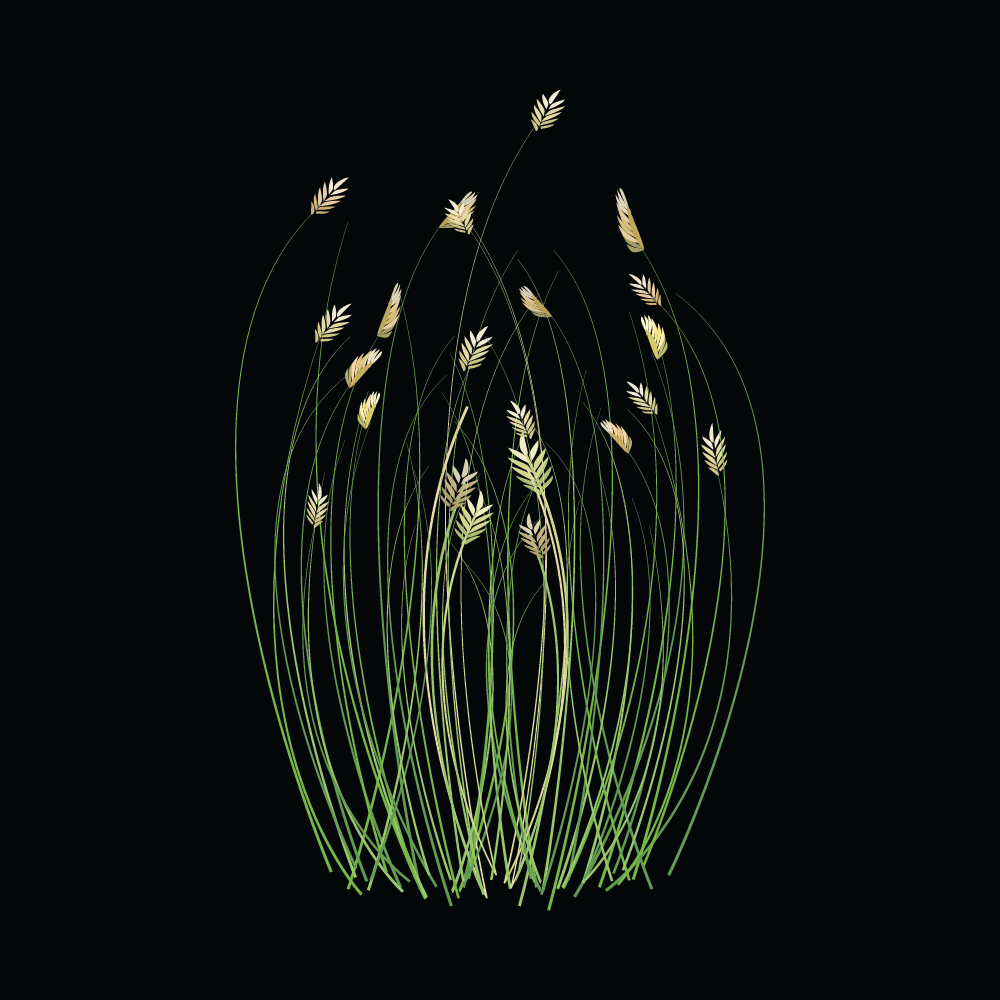
Buffalo Grass
Bouteloua dactyloides
Drought dynamic, fine-textured, warm season perennial grass that is native to our ecoregion and beyond. A keystone of the shortgrass prairie. It typically grows 4-8” tall with gray-green curly leaves. Charming flowers provide pollen and nectar for native bees. This mighty little grass is also the larval host for the Green Skipper Butterfly. Buffalo Grass is high in protein and an important food source for the American bison, pronghorn, deer, jackrabbits and prairie dogs.
-
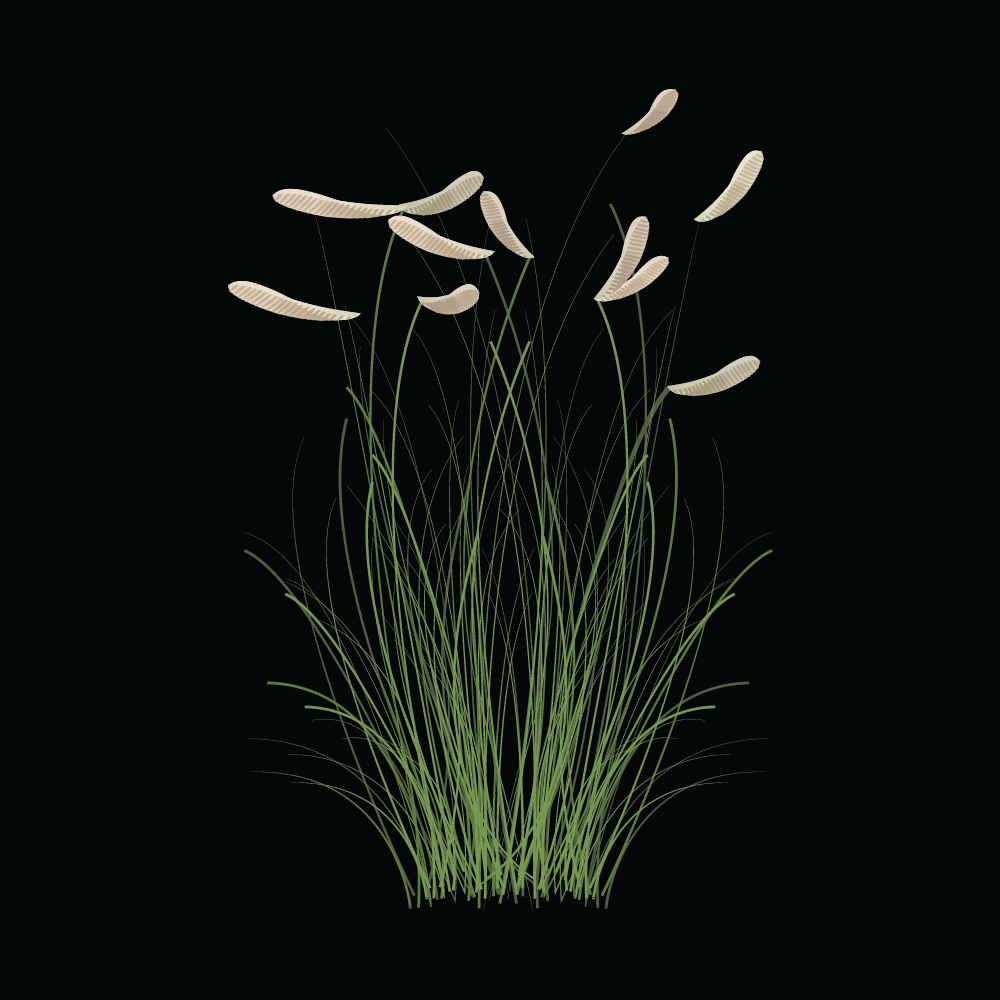
Blue Grama
Bouteloua gracilis
drought dynamic, fine-textured, warm season perennial grass that is native to our ecoregion and beyond. Blue Grama is taller than its cousin, Bluffalo Grass, and has a sweet swoop of a seed head. A keystone of the shortgrass prairie, this grass is a larval host to the Garita Skipperling butterfly, Uncas Skipper butterfly, Rhesus Skipper butterfly and the Simius Roadside Skipper butterfly.
-
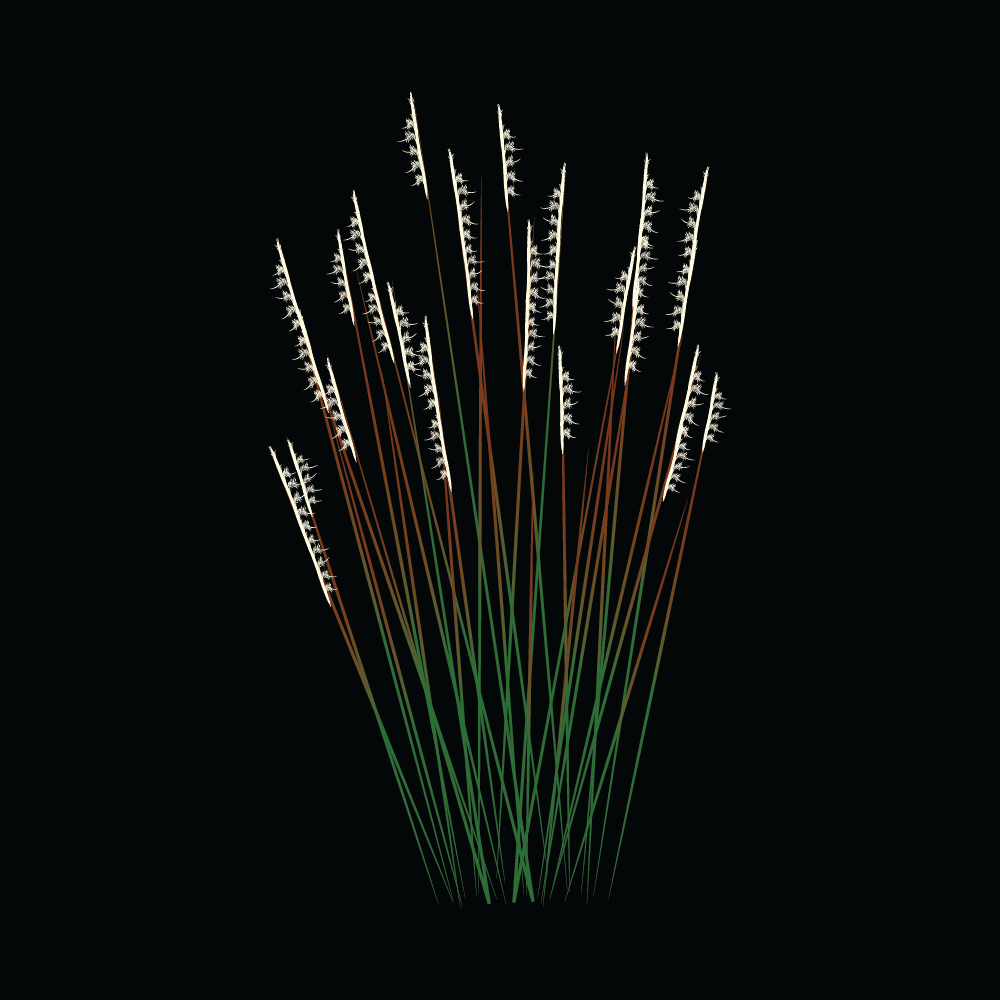
Little Bluestem
Schizachyrium scoparium
Drought dynamic, fine-textured, warm season perennial grass that is native to our ecoregion and beyond. Little Bluestem adds color and depth and unsurpassed toughness to our ecosystem. Fuzzy seed heads on this keystone species offer beautiful winter interest and vital food and nesting material for native bees, birds and small mammals. Little Bluestem is the larval host for the Dixie Skipper butterfly, Indian Skipper butterfly, Ottoe Skipper, butterfly Crossline Skipper butterfly, Dusty Skipper butterfly and the Cobweb Butterfly.
-
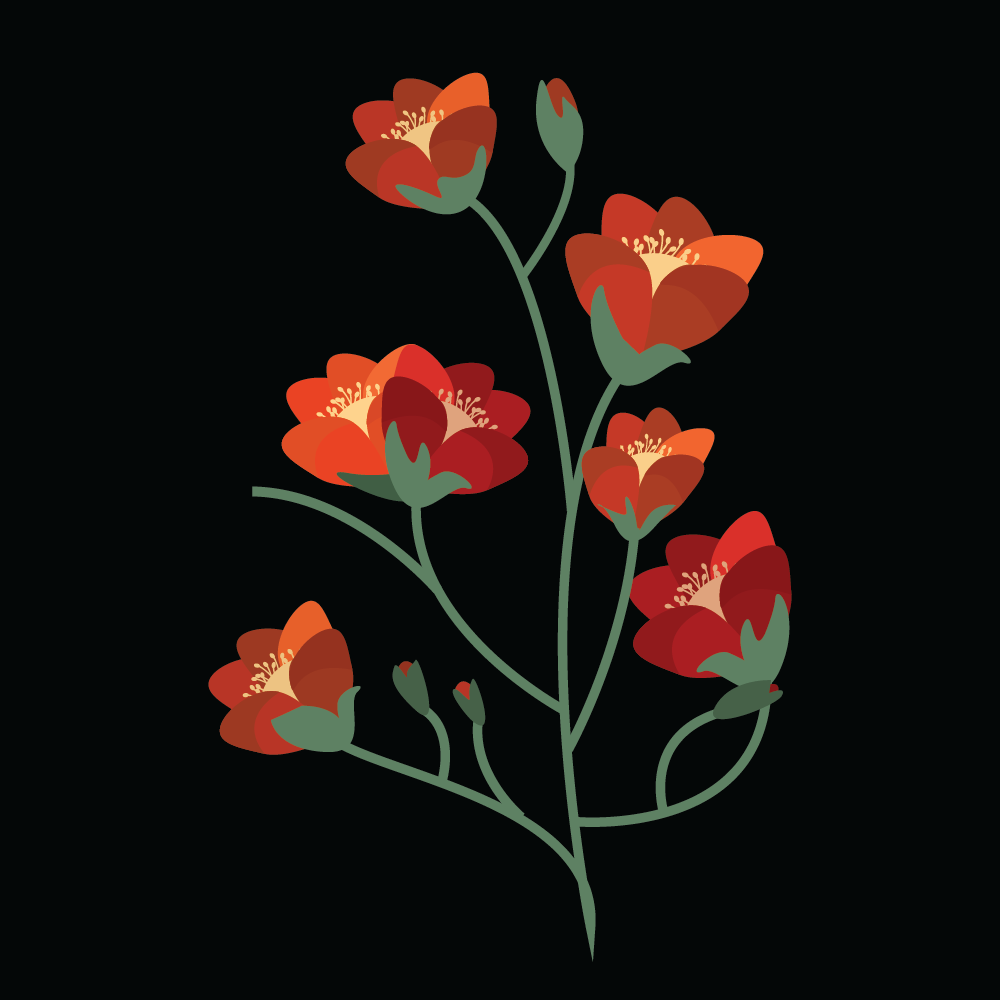
Scarlet Globemallow
Sphaeralcea coccinea
Tiny glorious hollyhock-like blooms in a neon apricot hue. Larval host for Common Checkered Skipper, Gray Hairstreak, Laviana White Skipper, Painted Lady, Small Checkered Skipper, White Checkered Skipper, special benefit for native bees. The fruits of the scarlet globemallow provide food for birds and small mammals. Great little plant in the herbalists assemblage.
-
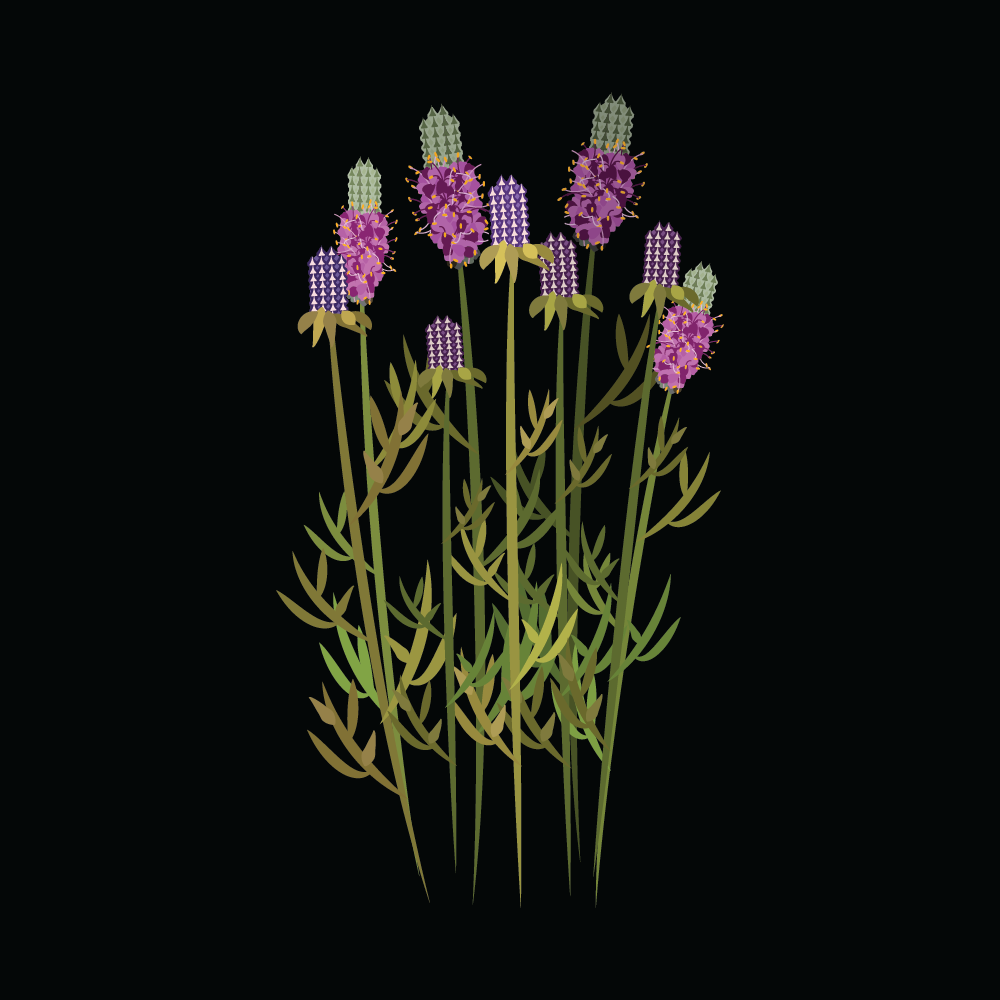
Purple prairie clover
Dalea purpera
Our drought dynamic native clover. This little powerhouse is food for a huge range of insects and fixes nitrogen into the soil to also feed the plant community. Elegant, beautiful, long lived. Larval host for Dogface Sulphur, Reakirt’s Blue, Southern Dogface, special benefit for native bees including bumblebees. Valuble in the herbalists assemblage.
-
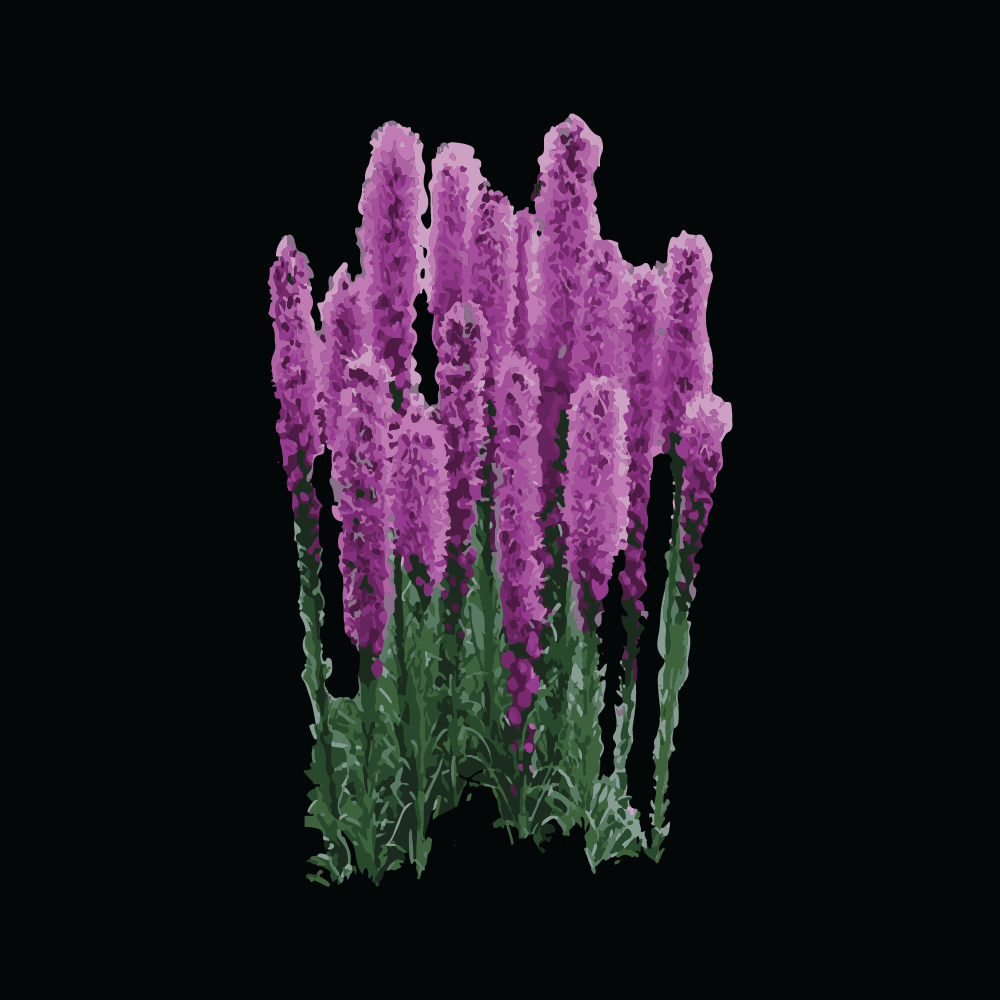
Dotted blazing Star
Liatris punctata
Most drought dynamic of all the liatris, seed heads play with light and feed birds for great winter interest. The nectar is an invaluable resource for migrating monarchs. Another fantatic plant in the herbalists assemblage.
WHAT CAN YOU DO WITH AN OTHERWORLDS BOX?
Our seed and plant boxes are designed and sized to function as a building blocks for Colorado lawn conversion. Each box provides plants and seeds for up to 180 square feet of high-density planting—about the size of a standard parking spot.
Buy one or many, depending on the size of your space and the density of planting you're hoping to achieve.
Boxes can be used for garden beds, planter pots, or full lawn conversion.
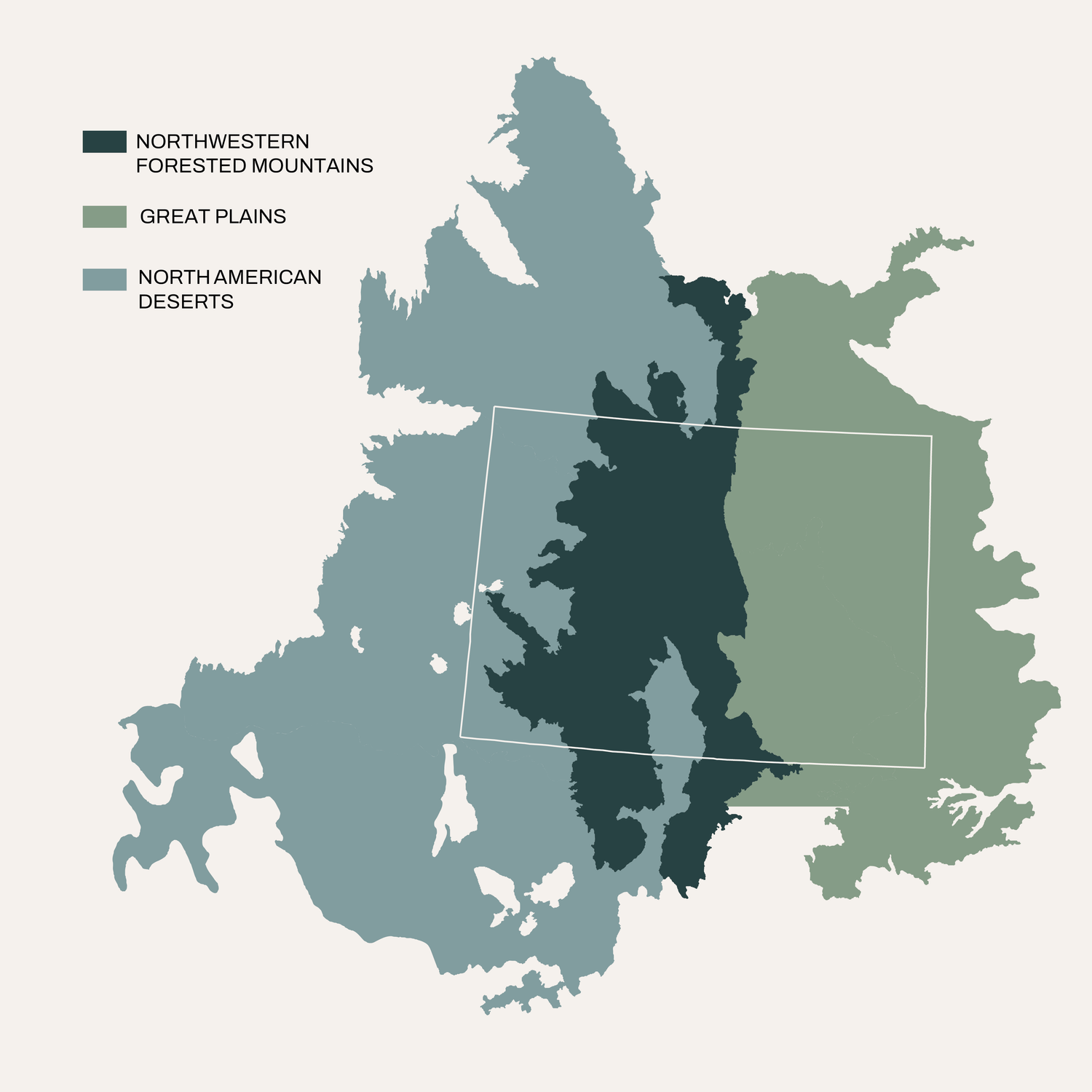
NATIVE TO OUR ECOREGION
Native plants are plants that occur naturally in a given area without human intervention or introduction.
Colorado has three distinct ecoregions—forested mountains, plains land, and desert. Denver Metro and its surrounding areas are part of the Great Plains, and share that designation with much of the Midwest.
The Great Plains have tens of thousands of native insects and plants, many of which cospeciated, or evolved with each other—meaning many of our native insects, including over 800 types of bees, are best nourished by native plants.
Otherworlds boxes feature 100% native seeds and plants, which thrive in Colorado's specific climate.
EPA. (n.d.). Ecoregions of North AmericaEP. EPA. Retrieved December 6, 2022, from https://www.epa.gov/eco-research/ecoregions-north-america
-
HOAS
Are you eager to convert your turf lawn to a native habitat, but are limited by your HOA guidlines? Join us for an info session on how to make changes to your neighborhood, just sign up for our emails below.
-
EDUCATION
Learn more about native plants, how to track new insects and animals in your Otherworlds Habitat, and more by following us on instagram @owseedco
-
DESIGN
Do you have a large space that needs more than what our standard box can fill? Otherworlds provides consulting, design, as well as seed and plants for large spaces. Please contact us at info@owseedco.com for more information.







